
AMBROSIA
Ambrosia, derived from Rag-Weed, is a valuable homeopathic remedy primarily employed for hay fever, offering relief from symptoms like lachrymation and intolerable itching of the eyelids.

Ambrosia, derived from Rag-Weed, is a valuable homeopathic remedy primarily employed for hay fever, offering relief from symptoms like lachrymation and intolerable itching of the eyelids.
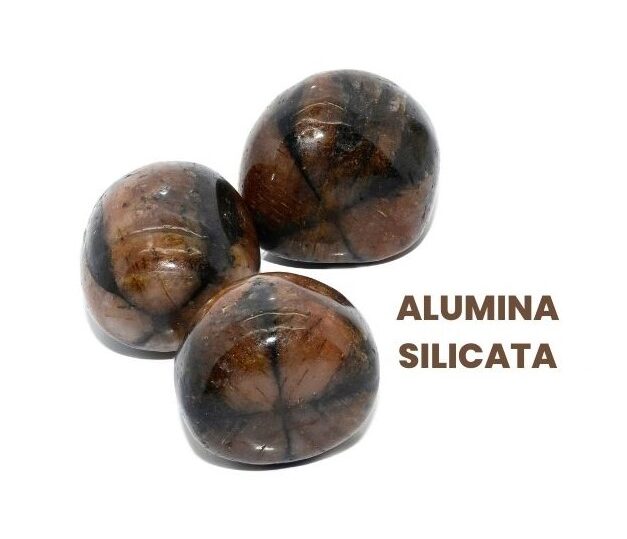
Alumina Silicata, is a homeopathic remedy which primarily indicated for chronic complaints related to the brain, spine, and nerves.
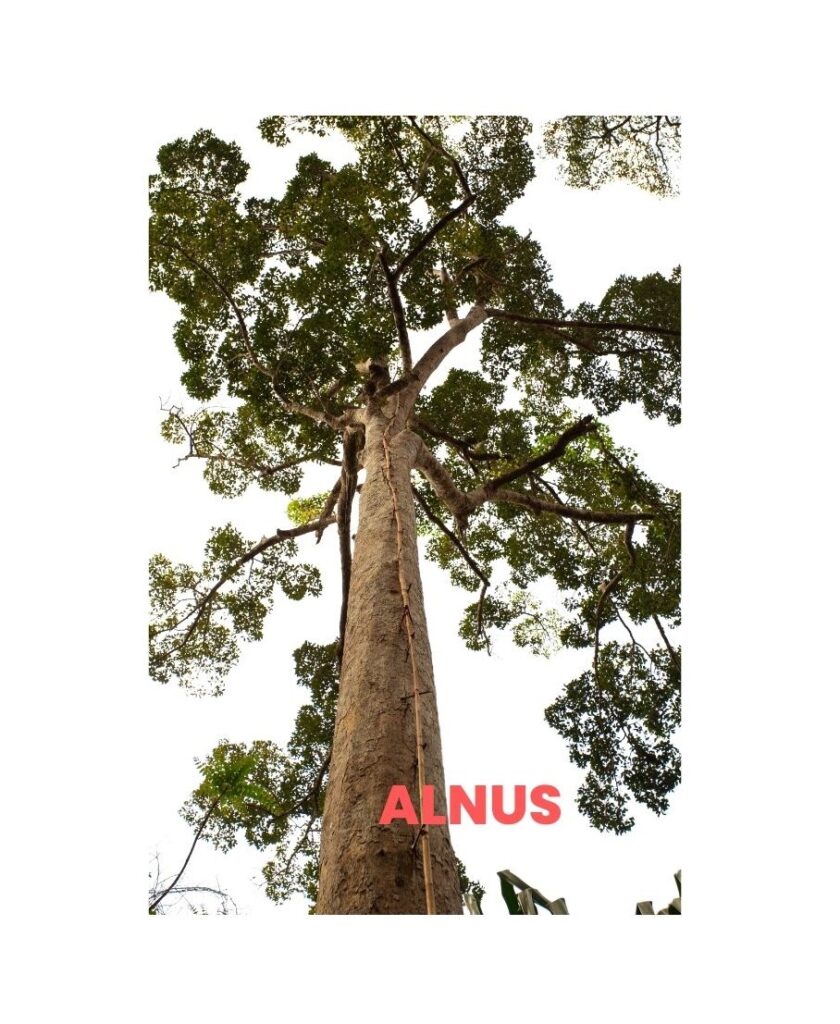
Alnus, commonly known as Red Alder, is a homeopathic remedy with a reputation for addressing skin affections and glandular issues. The remedy is prepared using the bark of the Red Alder tree.

Hale describes Aesculus Hippocastanum as a versatile polychrest with a broad spectrum of effects. It exhibits a central point of action, with a cascade of reflex symptoms.
AESCULUS HIPPOCASTANUM Read Post »

Alstonia scholaris is a homeopathic remedy primarily indicated for malarial diseases accompanied by symptoms such as diarrhea, dysentery, anemia, and feeble digestion.
ALSTONIA SCHOLARIS Read Post »

Anthrakokali, derived from Anthracite Coal dissolved in boiling Caustic Potash, emerges as a therapeutic remedy in homeopathy. Known for its efficacy in various conditions, this remedy offers relief in skin afflictions, vesicular eruptions, intense thirst, rheumatism, and bilious attacks.
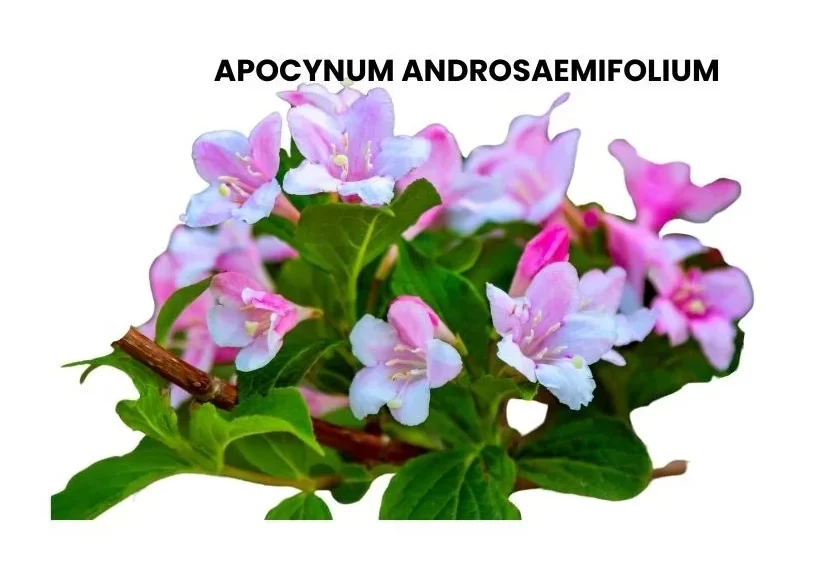
Apocynum Androsaemifolium stands out for its profound impact on rheumatic symptoms, holding the promise of curative results. This remedy is characterized by wandering pains, marked stiffness, and drawing sensations.
APOCYNUM ANDROSAEMIFOLIUM Read Post »
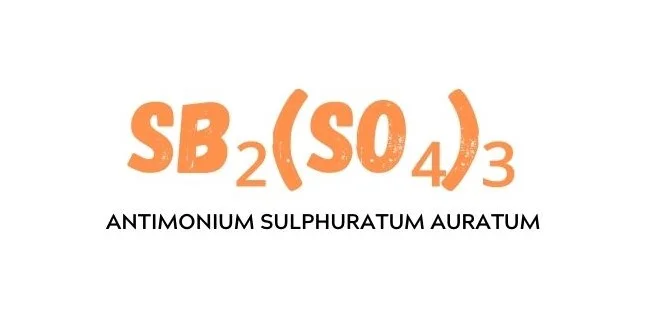
Antimonium Sulphuratum Auratum, sourced from the Golden Sulphuret of Antimony. This remedy, available in the second or third trituration, has shown efficacy in addressing various health concerns, particularly those related to the nose and throat, respiratory system, and skin.
ANTIMONIUM SULPHURATUM AURATUM Read Post »
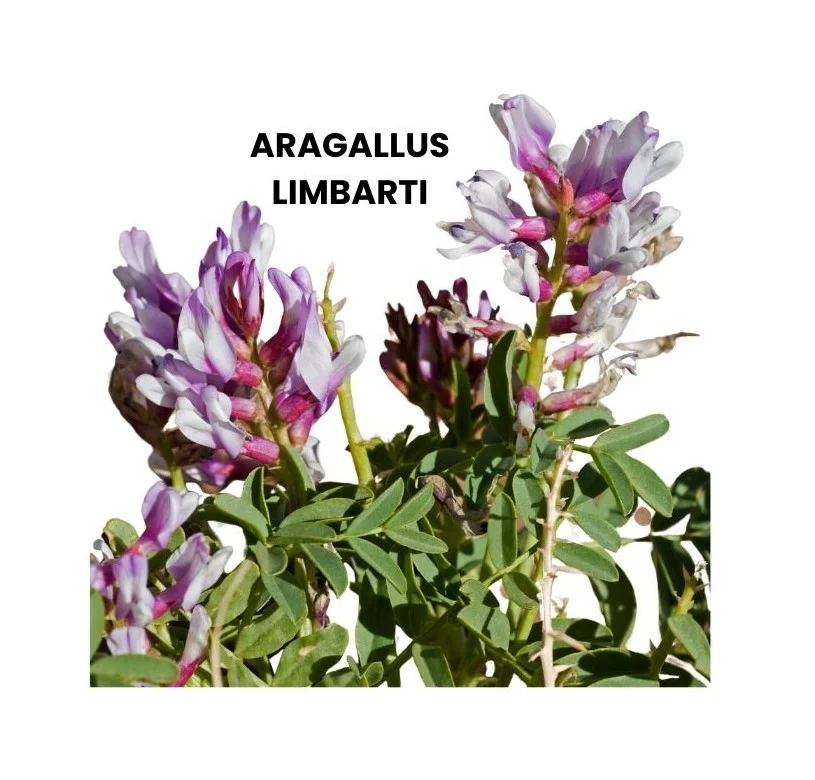
Acting principally on the nervous system, Aragallus Lamberti produces a bewildered and confused state. It manifests symptoms of incoordination and paralysis, particularly affecting the locomotor functions.
ARAGALLUS LAMBERTI Read Post »

Apomorphia, derived from the alkaloid generated by the decomposition of Morphine with Hydrochloric Acid, stands out for its remarkable ability to induce swift and effective vomiting. This unique characteristic becomes a pivotal guiding symptom in its homeopathic application.
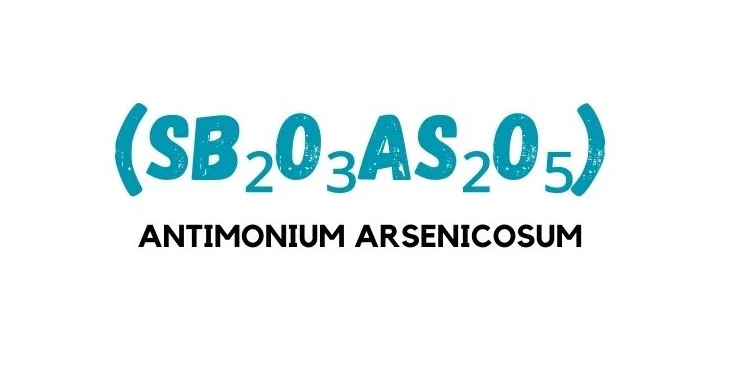
Dr. N.M. Chowdhury recommends Antimonium Arsenicosum after pneumonia and pleurisy, especially when acute symptoms have subsided, and dyspnea persists.
ANTIMONIUM ARSENICOSUM Read Post »
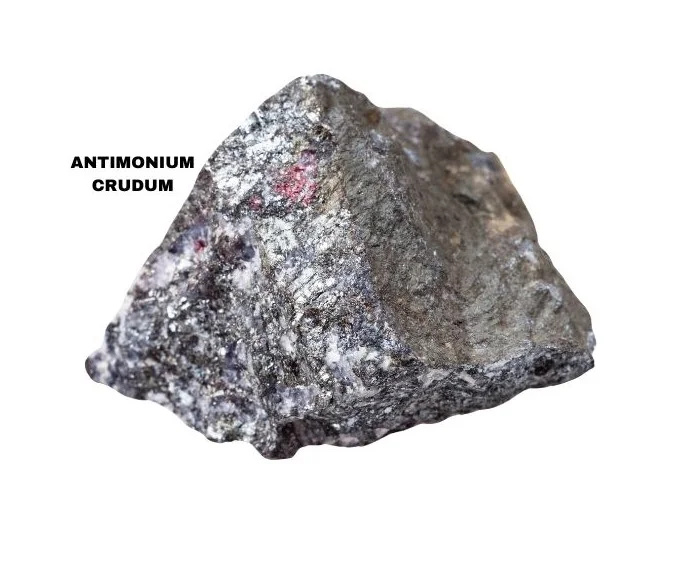
Antimonium Crudum, derived from the mineral kingdom, is a potentized remedy with a diverse range of applications. It predominantly affects the mucous membranes, especially those of the stomach and intestines, as well as the skin and mental sphere.

Anilinum, with its intricate symptomatology, unveils a remedy profile encompassing diverse physiological systems. The distinctive purple hue, giddiness, and genital afflictions contribute to the unique portrait of Anilinum.

Antipyrine, a coal-tar derivative renowned for inducing leucocytosis and influencing vaso-motor centers. Delve into its diverse symptoms encompassing mental, physical, and dermatological spheres.

Angustura Vera is a homeopathic remedy derived from the bark of Galipea Cusparia. It is primarily known for its effectiveness in treating rheumatic and paralytic complaints, particularly those involving difficulty in walking